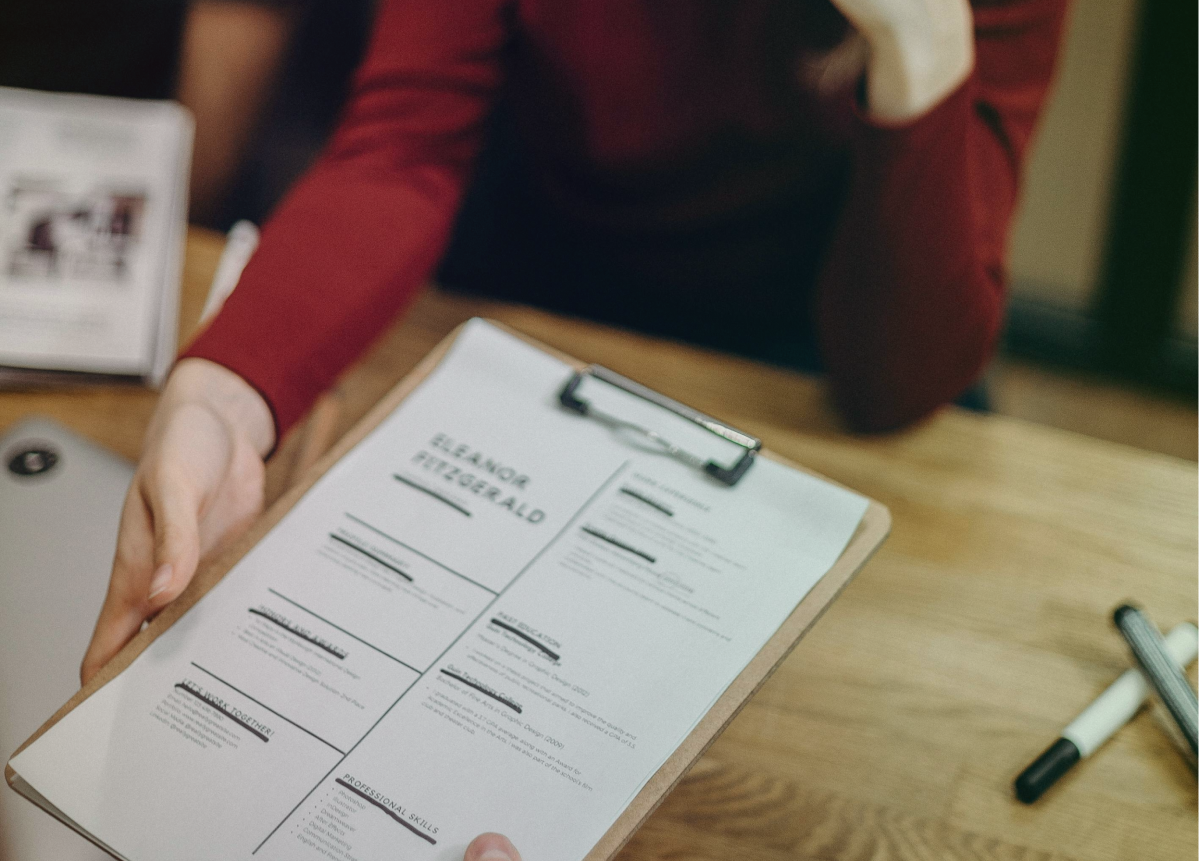The Strategic Follow-Up Email: Boost Interview Chances & Get Noticed (With Examples)
You've submitted the application. You aced (or think you aced!) the interview. Now comes the agonizing part: the wait. Is silence golden, or is it a sign you're already forgotten?
In today's competitive market, where time-to-hire averages 38 days, it's easy for talented candidates to get lost in the shuffle. A well-crafted follow-up email isn't just polite; it's a strategic action that boosts your chances of getting noticed and hired.
We're here to guide you through common pitfalls and best practices, showing you how to keep your application top-of-mind for all the right reasons.
Why Timing Your Follow-Up is so Important?
Reach out too soon, and you might seem impatient. Wait too long, and your impact diminishes. Depending on the stage, you should time your emails differently:
Post-Application: Give the hiring team a chance to sift through resumes. Sending a polite follow-up 5-7 business days after applying is generally spot on. If you hear crickets, one final check-in a week later is reasonable before you gracefully move on.
Post-Interview: This is where promptness shines. Aim to send your thank-you and follow-up message within 24 hours. It reinforces your enthusiasm and keeps the conversation fresh.
Remember, context matters. Tech roles often have faster-paced hiring cycles and might appreciate quicker follow-ups. Academic or public sector roles might have longer, more formal timelines. Regardless of the industry, professionalism, personalization, and smart timing are your allies.
Common Follow-Up Fumbles (And How to Avoid Them)
Let's be honest; we've all seen (or maybe even sent) a less-than-stellar follow-up. Here are a few common mistakes:
Anatomy of a Follow-Up That Gets Results
So, what does a killer follow-up email have? Again, it depends on the stage you're at:
AI-Powered Inspiration: Sample Follow-Up Scripts
Now it's time for practice. Let's look at a few scenarios. While our AI Cover Letter Generator is designed for cover letters, the principles of clear, persuasive, AI-assisted writing can inspire your follow-ups, too!
1. Follow-Up After Initial Application
When: 5–7 business days after applying.
- Mention the application date and job title explicitly for clarity.
- Highlight one relevant achievement to reinforce qualifications.
- Attach application materials again for convenience.
Template:
2. Post-Interview Thank-You Email
When: Within 24 hours of an interview to reinforce interest.
- Reference a specific interview detail to demonstrate active listening.
- Reiterate your excitement for the role and company to reinforce fit.
- Attach supplemental materials only if directly relevant to discussed topics.
- Send individualized emails to each interviewer when applicable.
Template:
Thank you again for your time and consideration. I look forward to the next steps in the process.
3. Follow-Up After No Response Post-Interview
When: 7–14 days post-interview if no updates are received.
- Reaffirm enthusiasm while avoiding desperation.
- Propose a value-adding insight related to interview topics.
- Limit follow-ups to 2–3 attempts spaced 5–7 days apart.
Template:
4. Requesting Feedback After Rejection
When: Within 48 hours of the rejection notice.
- Frame the request as a learning opportunity rather than contesting the decision.
- Acknowledge positive aspects of the company to maintain rapport.
- Avoid pressing for responses if no feedback is provided.
Template:
Level Up Your Follow-Up with Smart Tools
AI Mock Interviews: Feeling unsure about what to highlight from your interview? Our AI Mock Interviews provide invaluable AI interview feedback.
Vacancy Tracking: Juggling multiple applications? Our Vacancy Tracking tool helps you remember when you applied when you interviewed, and when it's the optimal time to send that perfectly timed follow-up for each one.
A well-executed follow-up email is more than just a courtesy; it's a vital part of your job search strategy. It demonstrates your professionalism, enthusiasm, and attention to detail – key soft skills for jobs in any industry. You can transform radio silence into a conversation and a conversation into a job offer when you apply recommendations on the timing, content, and tone of your follow-up emails.
Ready to take control of your job search? Explore our suite of AI-powered tools – from AI Mock Interviews to our AI Cover Letter Generator and Vacancy Tracking – and start crafting applications that truly stand out!






